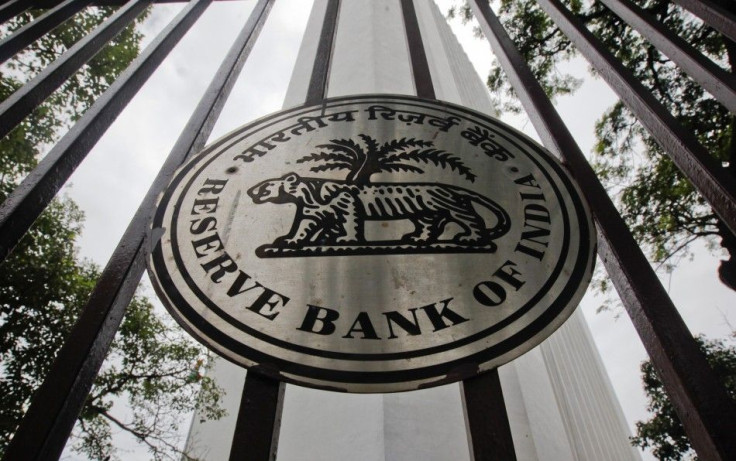RBI Signals End of Tightening Cycle

The Reserve Bank of India (RBI) raised interest rates on Tuesday for the 13th and possibly final time in a tightening cycle that began in early 2010, on expectations that persistently high inflation will finally begin to ease starting in December.
The RBI lifted its policy lending rate, the repo rate, by 25 basis points to 8.5 percent, continuing a fight against inflation that has topped 9 percent for nearly a year and putting it at odds with global peers more concerned about weak growth.
The likelihood of a rate move at the next scheduled review in December is relatively low, RBI Governor Duvvuri Subbarao said. Beyond that, if the inflation trajectory conforms to projections, further rate hikes may not be warranted.
While Tuesday's increase was in line with expectations, interest rate markets fell and stocks rose nearly 1.9 percent on hopes that the flurry of rate rises widely seen as weighing down the emerging giant's growth may be at an end. The RBI acknowledged that economic risks had increased; a factor that has already prompted Brazil, Indonesia and Singapore to relax monetary policy. The RBI cut its growth forecast for the current fiscal year ending in March to 7.6 percent from 8 percent previously.
The RBI stuck to its forecast that headline wholesale inflation will ease to 7 percent at the end of March, although it has repeatedly missed its inflation forecasts as supply-side constraints, global commodity prices and loose fiscal policy limit the effectiveness of monetary tools. A new inflation headache emerged this year with the fall in the rupee, which is down nearly 12 percent since late July, making imports more expensive.
The RBI also said it was deregulating savings deposit interest rates, a move that will push up the cost of funds for banks and compel them to pass policy rate increases on to borrowers. The news sent bank stocks down as much as 3 percent before they closed 1.2 percent lower. The move may spur a shift from spending to saving.
END OF AN ERA?
While investors took comfort in the prospect that India's tightening cycle may finally be coming to an end, it may take time before it gives a fillip to an economy running at its weakest growth rate since 2009.
This might be the last rate hike, said B. Hariharan, group finance director at conglomerate Ballarpur Industries. But corporates are unlikely to take any new investment decisions at these levels. They would rather wait for the rates to soften.
Indian policy interest rates are at their highest since the global financial crisis in 2008, and many investors and corporate officials have been calling on the central bank to halt its policy tightening given the slowdown in growth. Asia's third-largest economy grew 7.7 percent in the June quarter, its weakest in six quarters, while industrial output growth was below 5 percent in July and August.
For the paints industry, the constant rate increases have severely affected demand as they have impacted the auto and housing industry, said H.M. Bharuka, managing director of paints maker Kansai Nerolac. We are hoping, if the rate rise cycle comes to an end with this, then demand can show signs of revival, he said.
The 1-year swap rate fell as much as 11 basis points and 5-year swaps fell 8 bps.
HAWKISH STANCE REMAINS
Subbarao said the RBI will not lose focus on inflation.
While the impact of past monetary actions is still unfolding, it is necessary to persist with the anti-inflationary stance, he said in the policy statement.
Medium-term inflationary risks remain high due to structural imbalances in agriculture, infrastructure bottlenecks, and India's fiscal deficit, the statement said.
Wholesale inflation was 9.72 percent in September, its 10th straight month above 9 percent and highest among the BRIC grouping that includes Brazil, Russia and China. Inflation in India is expected to start easing by the end of 2011 as the impact of the RBI's tightening takes hold and growth slows.
India's inflation is largely driven by high food and global commodity prices, plus fiscal policies that spur demand, factors largely beyond the scope of monetary policy and adding to the calls for the RBI to halt its rate rises.
© Copyright Thomson Reuters 2024. All rights reserved.











